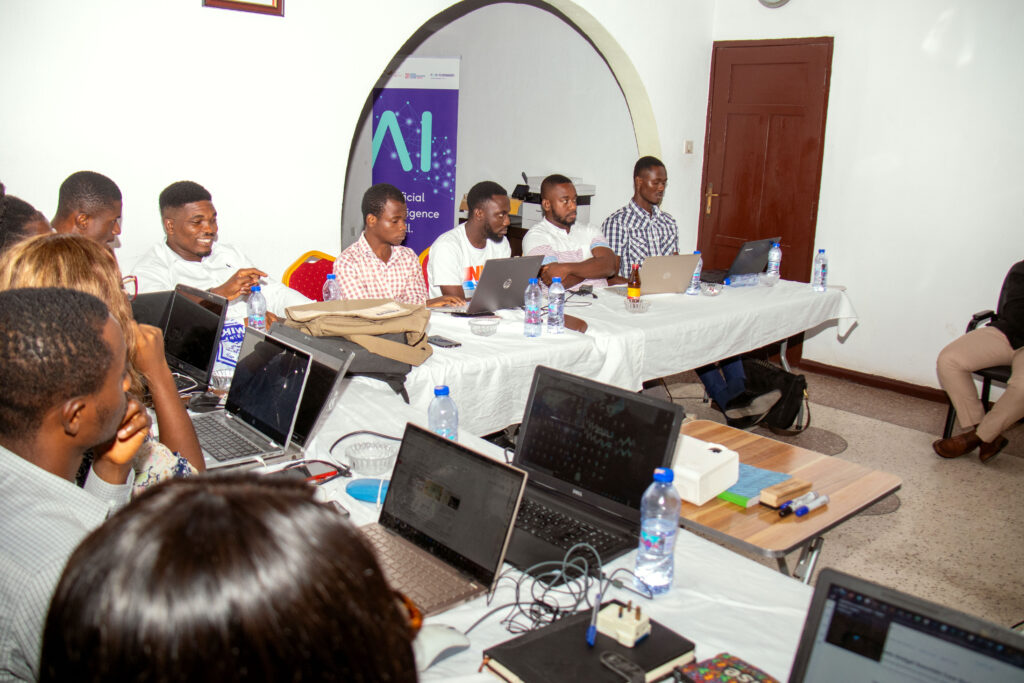In our previous article, we explained the role of communication in conflict, conflict resolution, and how to turn conflict into an opportunity for innovation and change. We identified open and quick response and active listening as two communication strategies that can be used by leaders serving as mediators in conflict situations.
In this article, we are going to look at how to use the ‘I’ statements, recognise differences, and monitor and follow conflict as communication strategies that can help mitigate the impact and resolve conflict among team members.
Use the “I” Statements
It’s important to note that as a leader, your choice of words, especially in conflict could escalate the conflict or encourage bonding among team members. Though it’s critical to remain neutral as a mediator, your choice of words may assign blame and even show bias if not chosen right. One of the ways to get around this is by avoiding the use of the “you” statement. Rather, while making examples you could use “I” instead, thus, putting yourself in the scenario and showing empathy rather than focusing on what a party did or didn’t do right. For example, it’s better to say “ I find it unhealthy that we always have to meet to discuss lateness to work” than to say, “ you are always late and this is affecting our productivity at work”. It’s best not to directly attack a person but focus on the point of conflict being solved.
Recognise Differences
From the beginning of this article, we established that the workplace is made of different people from various backgrounds who are learning to adapt and work together. A good leader must recognise, acknowledge, and respect these differences while resolving conflict and not impose his/her views on colleagues or subordinates. People interpret events, and actions and draw conclusions based on their experiences and values. When people feel their differences and opinions are not valued, they tend to feel disrespected and find the work environment hostile. Take time to learn about other people’s views and differences. This may require you to ask questions and seek explanations for actions rather than conveniently making assumptions. This strategy will be even easier for a manager who takes time to learn about his or her team members. Avoid stereotyping or shutting others down. Ask for ideas or suggestions on how to solve conflicts from team members.
Monitor and Follow Conflict
Monitor and follow up on conflict through observation of non-verbal cues, and asking questions to analyze the effectiveness of the solution to the conflict. Keep in mind that conflict is not just physical but also psychological, therefore, anger could still build up after a solution has been offered. Prioritize the personal feelings of members and measure the success of your solution. The fact that you proposed a solution does not mean it might not have a ripple effect. Learn to initiate subtle dialogues, discuss innovative solutions and reflect on decisions.
Leaders need to be aware that every word they say or do not say, as well as their body language, will represent who they are as individuals and how their subordinates respond to them in the conflict resolution process. As all humans are flawed, leaders should take note and avoid common mistakes such as overgeneralization, assumption, unconscious bias and stereotypes during the conflict resolution process. A leader should always prioritize the relationship between team members and avoid these mistakes when confronted with conflicts.
Kickstart your career in analytics by joining the next Blossom Academy Fellowship program. Express interest at www.blossom.africa or email us at [email protected].
Blossom Team,
April 2023 Edition.

